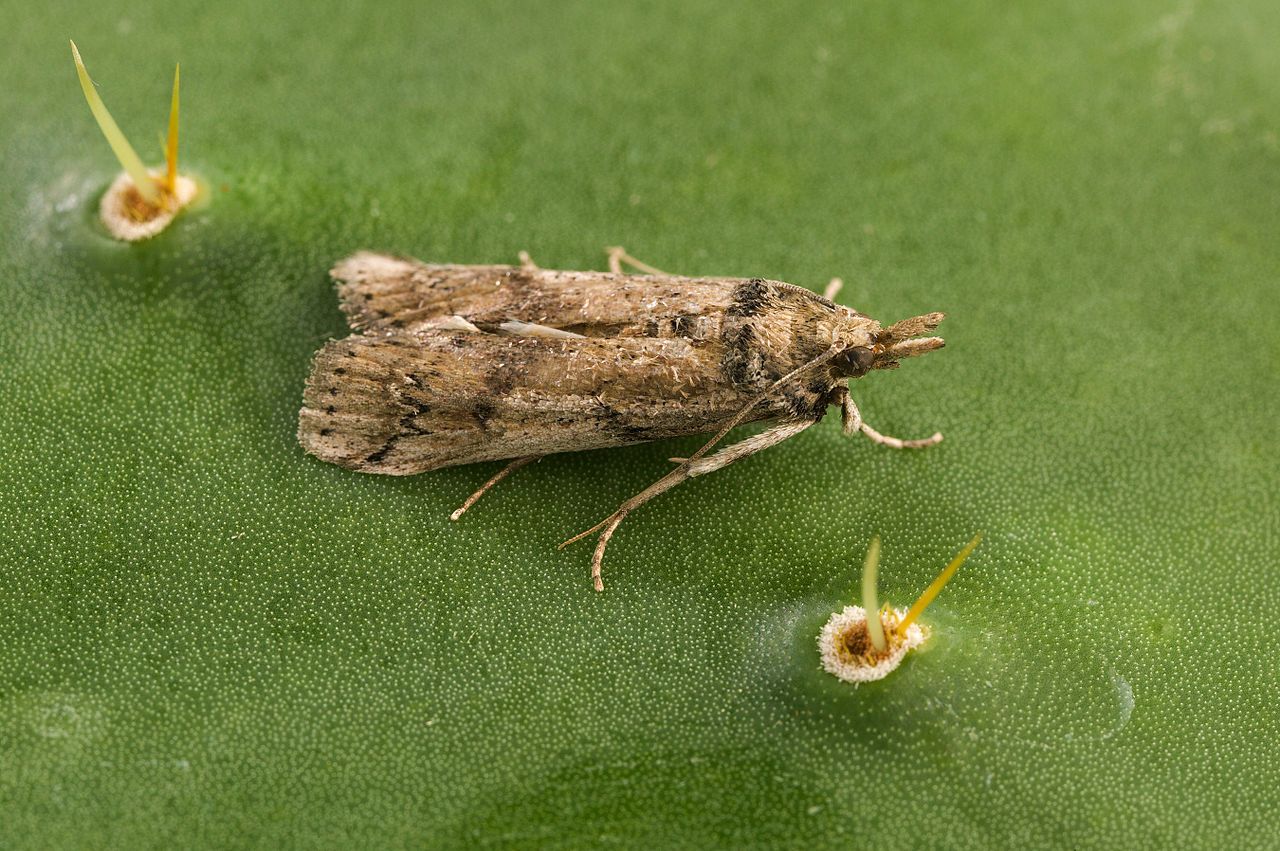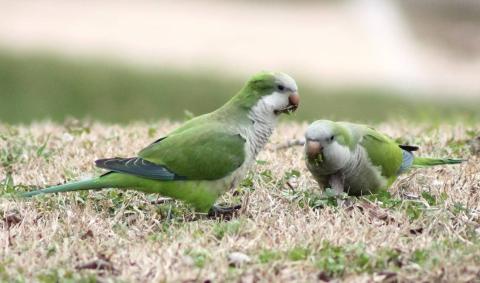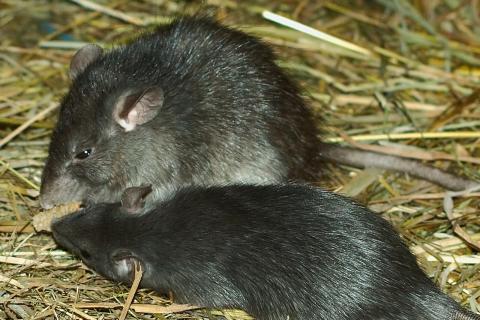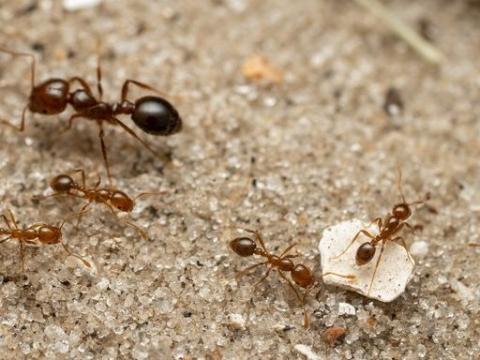The economic cost of some invasive species may be 1600% higher than previously estimated
A study published in Nature Ecology & Evolution concludes that the global economic cost of invasive species may be, in the case of some of them, more than 1,600% higher than previously estimated. By region, the highest costs were recorded in Europe, and by species, invasive plants generated the greatest impacts. According to the authors, these results - based on data from 162 species - could help countries to plan cost-effective management.

Graciela - coste invasoras
Graciela Gómez Nicola
Full Professor of the Department of Biodiversity, Ecology and Evolution at the Complutense University of Madrid
The press release accurately reflects the authors' main approach and findings, providing a good summary.
Ismael Soto and his collaborators have conducted a very rigorous and comprehensive study to calculate the cost that invasive alien species impose on the global economy, both in terms of the damage they cause and the investments made to combat them. The study builds on findings revealed in 2021 by a group of scientists specializing in biological invasions, InvaCost, which created a global database of documented cost figures from 1960 to 2022. This time, the researchers use robust mathematical models to estimate the current and potential distribution of invasive species and their associated costs, allowing them to extrapolate results to more than 80 countries where figures had not yet been published.
The study's main finding is staggering, indicating that previous cost estimates were significantly underestimated and could be about 1,600 times higher than those calculated by InvaCost—rising from a global figure of around $126 billion to approximately $2.2 trillion. Most of the costs are associated with damage caused by invasive plants, followed by arthropods and mammals.
This study is particularly effective because economic assessments are proving to be much more impactful in raising public awareness about the serious environmental and public health issues posed by invasive alien species—especially in Europe, which accounts for 71% of global costs.
Laura Varone - coste invasoras
Laura Varone
CONICET researcher at the Foundation for the Study of Invasive Species (FuEDEI) and specialist in the moth Cactoblastis cactorum
This study represents a crucial step forward in highlighting the often underestimated economic consequences of biological invasions. Quantifying the costs at such precise global and taxonomic scales provides concrete evidence for decision-makers to recognize the urgency of investing in the management of invasive alien species. This kind of detailed data helps bridge the gap between ecological impact and political action by quantifying the damage, which is essential for justifying stricter budgets and fostering international cooperation.
Moreover, in the context of rapidly accelerating biodiversity loss and planetary degradation, it is imperative that control strategies prioritize environmentally sustainable methods. The case of the South American moth, Cactoblastis cactorum, demonstrates how classical biological control can offer effective and ecologically sound solutions when properly implemented. As this study illustrates, reactive management is often too late and much more costly; science-based, proactive, and environmentally respectful control initiatives are not only cost-effective but also essential for long-term ecological resilience.
Luis Calcaterra - coste invasoras
Luis Calcaterra
Senior Researcher at the Foundation for the Study of Invasive Species (FuEDEI) and the National Council for Scientific and Technical Research (CONICET) in Argentina, and expert on highly invasive ants native to the Rio de la Plata basin
The study reveals that the South American tomato moth, Tuta absoluta, is one of the five most damaging invasive species worldwide, with estimated losses of $45,675 per square kilometer. It has significant impacts on agriculture both in its native land (Argentina) and in over a hundred countries where it has been introduced. In this way, the study helps prioritize where to focus the scarce economic resources currently available globally to reduce the impact of invasive alien species.
The use of tools such as species distribution modeling, which includes relevant variables like land use type, allows researchers to estimate the climatically most suitable areas for invasive alien species and to extrapolate potential damage and associated costs in countries that lack the resources to quantify their impact.
Currently, the best strategy to reduce the high estimated economic costs for insects like T. absoluta remains integrated pest management. This approach combines early detection using pheromone traps, the use of natural enemies, and insecticide rotation. The combination of chemical and biological management strategies is key to reducing insecticide resistance (e.g., chlorantraniliprole and abamectin).
The high estimated costs for this pest could be reduced with the use of parasitoids, natural predators, and light traps. The egg parasitoid Trichogrammatoidea bactrae reaches parasitism rates of over 70%. Additionally, predatory bugs such as Nesidiocoris tenuis and Macrolophus pygmaeus can consume up to 100 eggs and larvae per day and also attack other pests like whiteflies and aphids. At the same time, more resistant tomato varieties are being developed. All of these strategies can help push this species out of the top five.
- Research article
- Peer reviewed



